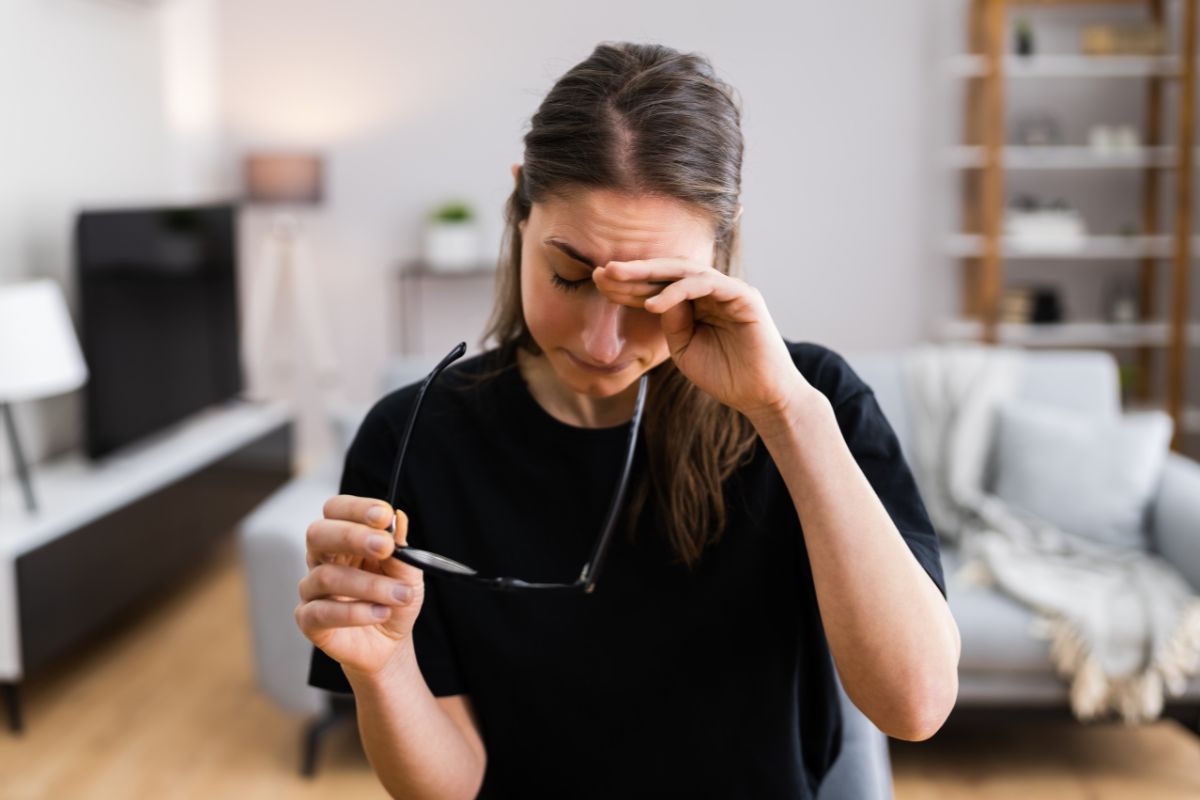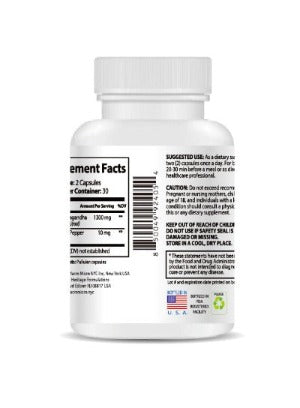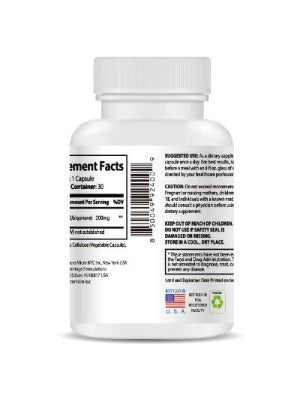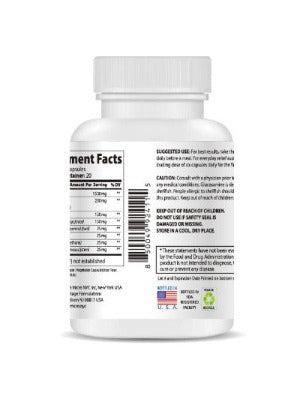Understanding the Dry Eye Syndrome Struggle
Dry eye syndrome, a prevalent and often underestimated condition, affects millions worldwide. It's more than just occasional dryness; it's a persistent discomfort that can significantly impact your quality of life. Imagine the constant scratchiness, burning, and stinging sensations, the blurry vision, the persistent feeling of grit or something foreign in your eyes, and the frustrating limitations it places on your daily activities. This isn't just an inconvenience; it can make focusing on work, enjoying leisure activities, and even simple tasks like reading incredibly challenging. In 2025, while technology advances rapidly, the underlying causes of dry eye syndrome persist, but fortunately, so do our strategies for effective management and relief. This comprehensive guide delves into the intricacies of dry eye syndrome, providing actionable strategies, exploring the latest research, and introducing you to innovative solutions designed to restore comfort and clarity to your vision. We'll equip you with the knowledge and tools to take control of your eye health and reclaim a life free from the persistent discomfort of dry eye.
The Science Behind Dry Eye: A Deep Dive into Causes and Mechanisms
Dry eye syndrome isn't a single entity; it's a complex condition with multiple underlying causes and contributing factors. Understanding these mechanisms is crucial for developing an effective management strategy. Let's explore the intricate science behind this common ailment:
- Tear Film Instability: The tear film, a complex three-layered structure, is essential for maintaining the health and lubrication of the ocular surface. Dry eye often results from an imbalance in this delicate system, specifically affecting the lipid (oily), aqueous (watery), and mucin (glycoprotein) layers. When the tear film is unstable, it evaporates too quickly, leading to dryness and irritation.
- Meibomian Gland Dysfunction (MGD): The meibomian glands, located within the eyelids, produce the oily layer of the tear film. MGD, a common cause of dry eye, occurs when these glands malfunction, leading to a reduction in oil production. This results in an unstable tear film that evaporates faster than it can be replenished, leaving the eyes vulnerable to dryness and inflammation.
- Evaporation: Excessive tear film evaporation is a primary factor contributing to dry eye. Various factors can accelerate evaporation, including environmental conditions (low humidity, wind, air conditioning), medication side effects, and certain underlying medical conditions.
- Inflammation: Chronic inflammation of the ocular surface is often observed in patients with dry eye syndrome. This inflammation can lead to increased sensitivity, discomfort, and potentially further damage to the ocular surface.
- Environmental Factors: Exposure to environmental irritants such as wind, dry air, dust, smoke, and pollutants can significantly exacerbate dry eye symptoms. Spending prolonged time in air-conditioned environments or living in arid climates can increase your risk.
- Medications: Certain medications, including antihistamines, decongestants, oral contraceptives, and some antidepressants, can decrease tear production or alter the composition of the tear film, leading to dry eye as a side effect.
- Screen Time and Digital Eye Strain: In today's digital age, the prevalence of screen use has become a significant contributing factor to dry eye. Prolonged screen use leads to reduced blinking frequency, resulting in faster tear film evaporation and ocular surface dryness.
- Aging: As we age, the body naturally produces fewer tears, making individuals more susceptible to dry eye symptoms. This age-related decrease in tear production often necessitates increased vigilance and proactive management strategies.
- Autoimmune Diseases: Conditions like rheumatoid arthritis, Sjögren's syndrome, and lupus can disrupt tear production and contribute to dry eye symptoms.
Diagnosing Dry Eye Syndrome: Seeking Professional Guidance
Self-diagnosing dry eye can be misleading. It's crucial to seek professional help from an ophthalmologist or optometrist for an accurate diagnosis. These healthcare professionals will conduct a thorough examination using various tests to assess the severity of your dry eye and determine the underlying cause. Common diagnostic tools include:
- Tear Film Breakup Time (TBUT): Measures the time it takes for the tear film to break up after blinking.
- Schirmer Test: Assesses tear production by measuring the amount of tears produced in a specific time.
- Ocular Surface Staining: Uses dye to visualize damage to the cornea and conjunctiva, indicating the severity of the dryness.
- Meibomian Gland Evaluation: Examines the condition of the meibomian glands to assess the presence of MGD.
Daily Habits for Dry Eye Relief: Small Changes, Big Impact
Before exploring product solutions, let's focus on the foundational elements: simple lifestyle adjustments that can significantly impact your dry eye symptoms. These changes, while seemingly small, can collectively make a substantial difference in your overall eye health and comfort:
- The 20-20-20 Rule: For every 20 minutes spent on screens, look at an object 20 feet away for 20 seconds. This encourages regular blinking and reduces eye strain.
- Hydration is Key: Dehydration directly impacts tear production. Ensure you're drinking plenty of water throughout the day.
- Humidify Your Surroundings: Using a humidifier, particularly in dry climates or during heating seasons, helps maintain optimal moisture levels in the air.
- Protective Eyewear: Shield your eyes from environmental irritants such as wind, dust, and sun with sunglasses and protective eyewear when appropriate.
- Omega-3 Fatty Acids: Incorporating foods rich in omega-3 fatty acids into your diet can contribute to healthier tear production.
- Warm Compresses: Applying warm compresses to your eyelids can help unclog meibomian glands, improving tear film quality.
- Eyelid Hygiene: Gently cleansing your eyelids with a warm, damp cloth can remove debris and improve meibomian gland function.
- Avoid Smoke and Irritants: Minimize exposure to smoke, dust, and other airborne irritants.
- Manage Stress: Stress can exacerbate dry eye symptoms. Incorporate stress-reducing activities into your routine.
Introducing Wise Quest Soothing Eye Patches: A Natural Solution for Dry Eye Relief
While lifestyle adjustments form the cornerstone of dry eye management, incorporating supportive products can significantly enhance your overall strategy. We wholeheartedly recommend the Wise Quest Soothing Eye Patches - 3-Month Wellness Pack. This isn’t just another product; it's a long-term investment in your eye health and comfort.

These innovative patches, crafted with nature's finest ingredients, provide soothing relief from chronic dryness and strain. Their non-toxic formula ensures safe, long-term use, making them an ideal solution for those constantly battling digital eye strain or seeking a natural remedy for dry eye syndrome. The 3-month supply allows for consistent care and offers a comprehensive approach to eye health. This is an investment in your comfort and in the long-term well-being of your eyes.
Beyond the Patches: Exploring Advanced Treatment Options
For those with more severe dry eye, a range of advanced treatment options is available. These may include:
- Artificial Tears: Lubricating eye drops are often the first line of defense, helping to replace lost moisture and provide temporary relief.
- Prescription Eye Drops: Stronger medications, such as cyclosporine or lifitegrast, may be necessary to reduce inflammation and improve tear production.
- Punctal Plugs: Small plugs inserted into the tear ducts can help slow tear drainage, preserving more moisture on the ocular surface.
- LipiFlow Thermal Pulsation System: A treatment that uses heat and pressure to clear blocked meibomian glands and restore oil production.
- Intense Pulsed Light (IPL) Therapy: A light-based treatment that can reduce inflammation and improve meibomian gland function.
- Autologous Serum Eye Drops: Eye drops made from a patient's own blood serum, rich in growth factors and anti-inflammatory proteins, can help promote healing and reduce inflammation.
Long-Term Eye Health: A Lifelong Commitment
Managing dry eye syndrome isn't a short-term fix; it's a long-term commitment to your eye health and well-being. The strategies discussed—from mindful blinking and hydration to incorporating the Wise Quest Soothing Eye Patches into your routine—are all part of a comprehensive approach. Remember, consistency is key. By integrating these lifestyle adjustments and utilizing supportive products like the Wise Quest patches, you're not just treating symptoms; you're proactively protecting your vision and enhancing your overall quality of life.
Regular visits to your ophthalmologist or optometrist are paramount for monitoring your condition and adjusting your treatment plan as needed. They can provide personalized advice and guidance, ensuring you're on the right track to long-term eye health. Don't hesitate to reach out to your eye care professional if you have any questions or concerns.
In Conclusion: Reclaim Your Comfort and Vision
Dry eye syndrome doesn't have to dictate your life. With a proactive approach that combines lifestyle modifications, the support of effective products like the Wise Quest Soothing Eye Patches, and regular consultation with your eye care professional, you can reclaim comfort, clarity, and the joy of seeing the world in all its vibrant detail. Take control, make positive changes, and experience the difference!









